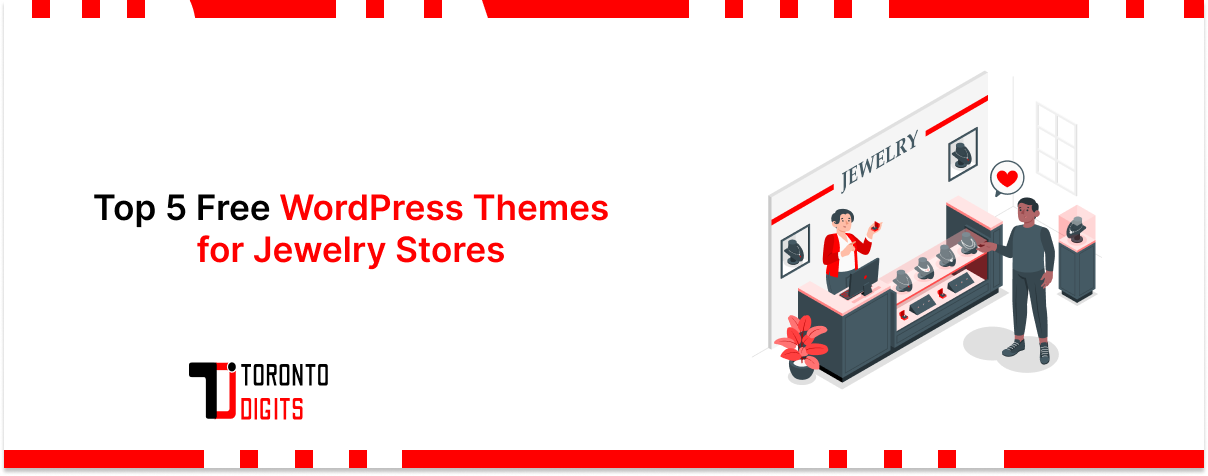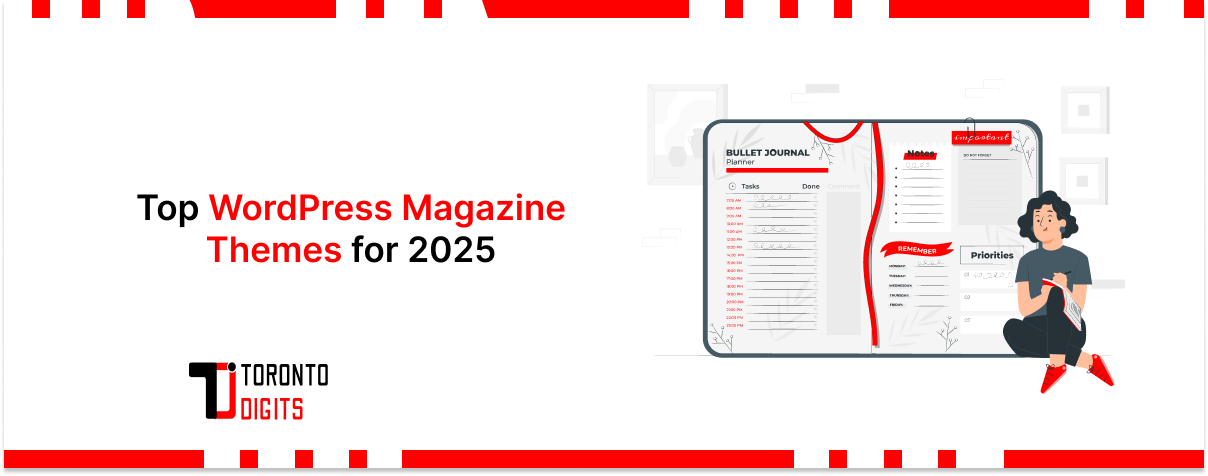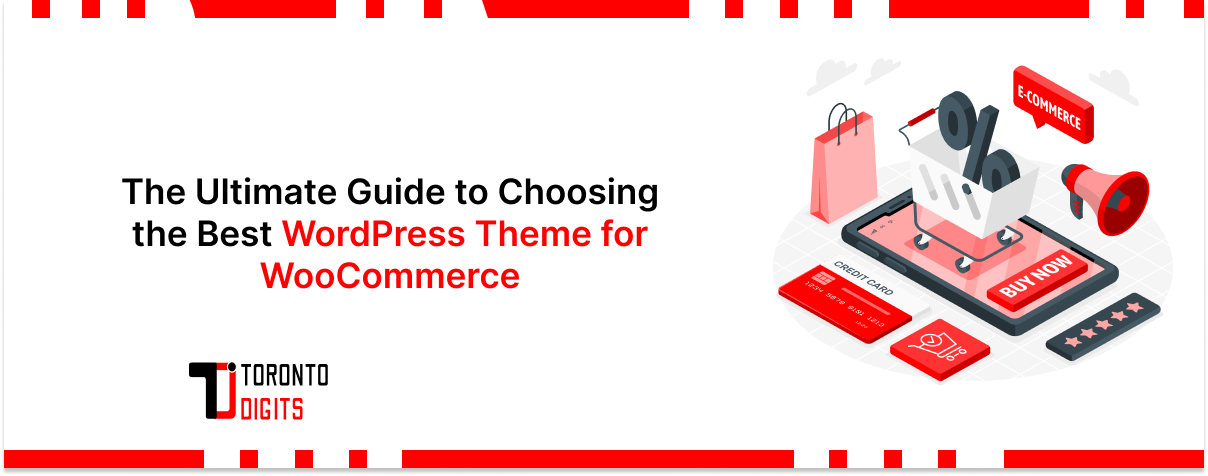Choosing the right CMS for your website is crucial in today’s digital landscape. With so many options available, it can be overwhelming to figure out which one is best suited for your needs. It’s important to carefully consider key factors such as functionality, ease of use, customization options, and support. By doing so, you can find a CMS that aligns with your team’s goals and helps you achieve online success.
Understand Your Team’s Needs
The first step in choosing the right CMS is to evaluate the technical skills and content-authoring experience of your team. This assessment will help you identify the level of support and user-friendliness required from your chosen platform. If your team is primarily composed of non-technical users, opt for a CMS that offers an intuitive interface and streamlined content management workflows. Conversely, if your organization has a strong IT presence, a more technical CMS with advanced customization options may be more suitable.
When comparing solutions like WordPress as CMS, it becomes clear why it’s a leading choice—especially in CMS comparison scenarios. Its flexibility makes it ideal for both CMS for niche sites and broader implementations like WordPress for publishers. Additionally, the vast ecosystem of themes based on CMS platforms allows for design freedom aligned with your brand identity.
Determine the Hosting Model
The next crucial decision is the hosting model. Do you require a self-hosted, on-premise CMS, a hosted CMS, or a software-as-a-service (SaaS) solution? Each option comes with its advantages and disadvantages.
Self-hosted CMSs, such as WordPress, Drupal, or Joomla, offer greater control and customization but also require more maintenance and IT resources. Hosted CMSs, like Squarespace or Wix, provide a managed solution with less overhead but may limit your ability to customize the platform. SaaS CMSs, such as Contentful or Prismic, offer a cloud-based, fully managed approach, making them a suitable choice for organizations with limited IT resources.
Consider the level of control, customization, and maintenance required for your website, as well as your available budget, to determine the most suitable hosting model.
Evaluate Traditional CMS vs. Headless CMS
As you explore your CMS options, you’ll encounter the choice between traditional and headless CMS architectures. Traditional CMSs, like WordPress and Drupal, provide a monolithic approach, where content management and content delivery are tightly coupled. Headless CMSs, on the other hand, separate content management from content delivery, offering a more flexible and scalable solution.
A headless CMS, such as Contentful or Sanity, allows you to deliver content across multiple channels, including websites, mobile apps, and IoT devices, without the constraints of a traditional CMS. This approach offers greater flexibility and scalability but may require more technical expertise from your team.
Prioritize Key Features
When evaluating CMS options, look for features that align with your website’s needs. User-friendliness, content organization, SEO optimization, scalability, and robust support and documentation should be high on your list of priorities.
A user-friendly CMS with an intuitive interface and streamlined content management workflows can empower your team to create and update content efficiently. Effective content organization, with features like taxonomies, metadata, and versioning, can help you maintain a well-structured and searchable content repository. SEO-optimized features, such as URL management, schema markup, and content analysis, can enhance the visibility and discoverability of your website.
Additionally, consider the CMS’s scalability to accommodate your future growth and expansion plans. Reliable support and comprehensive documentation can also make a significant difference in your team’s ability to troubleshoot issues and implement new features.
Avoid Common CMS Pitfalls
As you navigate the CMS landscape, be mindful of common pitfalls that can impact your website’s long-term success. Steer clear of overly complex CMSs, that have hidden costs, or lack reliable support.
Complexity can lead to a steep learning curve, slow content management, and increased maintenance requirements. Hidden costs, such as add-on modules, licensing fees, or hosting expenses, can quickly escalate your budget and catch you off guard. Lack of reliable support, whether in the form of a robust community, responsive customer service, or comprehensive documentation, can hinder your team’s ability to troubleshoot issues and implement new features.
Read more about our WordPress Services
Involve Key Stakeholders
The decision to choose a CMS should not be made in isolation. Ensure that key stakeholders, including IT, marketing, sales, and other relevant teams, are involved in the selection process. This collaborative approach will help align the CMS choice with the diverse needs of your organization, ensuring that the platform can effectively support your business goals.
By gathering input from various teams, you can uncover essential requirements, identify potential roadblocks, and gain buy-in for the selected CMS. This collaborative effort can also help streamline the implementation and adoption of the new platform across your organization.
Test and Get a Proof-of-Concept
Before committing to a CMS, it’s crucial to conduct thorough testing and get a proof-of-concept. Implement a pilot project or a proof-of-concept to evaluate the CMS’s functionality, user experience, and suitability for your specific needs. This hands-on assessment will help you identify any potential challenges or limitations before rolling out the CMS across your entire website.
During the testing phase, pay close attention to the CMS’s ease of use, content management workflows, integration capabilities, and overall performance. Gather feedback from your team and ensure that the CMS aligns with their expectations and requirements.
By considering these key factors, you can choose a CMS that empowers your team to efficiently create, manage, and update content, while delivering a seamless user experience for your website visitors.
Conclusion
Selecting the right content management system is a critical decision that can greatly impact the success of your website. By understanding your team’s needs, evaluating hosting models, assessing traditional CMS vs. headless CMS options, prioritizing key features, and avoiding common pitfalls, you can find the perfect CMS to power your online presence.
Involving key stakeholders and conducting thorough testing with a proof-of-concept will further ensure that your CMS choice aligns with the diverse needs of your organization and sets the stage for a successful website implementation. With the right CMS in place, you can unlock the full potential of your digital initiatives and deliver a seamless, engaging, and adaptable online experience for your audience.




